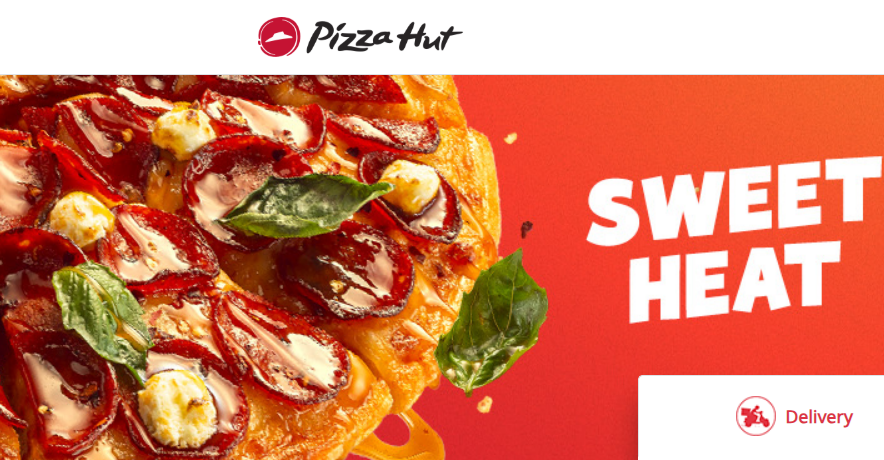Pizza Hut and Innovation: How They’ve Adapted to Changing Tastes
Introduction to Pizza Hut and their history
Pizza Hut has long been a household name in the world of pizza. Founded in 1958, this iconic brand quickly carved out its niche with delicious pies and innovative ideas. From those first humble beginnings to becoming a global phenomenon, Pizza Hut has always embraced change and evolution.
As dining preferences shift and new trends emerge, Pizza Hut has shown remarkable adaptability. The rise of fast-casual dining redefined how people view pizza—no longer just a late-night snack but an experience worth savoring. In this blog post, we’ll explore how Pizza Hut navigates these changing tastes while staying true to its roots. Get ready to discover the tasty innovations that have kept them at the forefront of the industry!
Pizza Hut has been a staple in the world of fast food since it first opened its doors in 1958. Founded by two college students, Dan and Frank Carney, this beloved pizza chain began as a simple storefront in Wichita, Kansas. What started as a small venture quickly transformed into an international phenomenon.
Over the decades, Pizza Hut has not only grown exponentially but also evolved with changing consumer preferences. From classic pan pizzas to innovative crusts and unique toppings, they’ve adapted to keep their fans coming back for more.
As tastes shift and new trends emerge, how does Pizza Hut continue to stay ahead of the game? Let’s dive into their journey of innovation and discover how they’ve managed to captivate generations while consistently delivering deliciousness.
The rise of fast-casual dining and its impact on the pizza industry
Fast-casual dining has transformed the culinary landscape, and pizza is no exception. This new wave of eateries marries convenience with quality, appealing to a modern consumer base that craves both speed and flavor.
As diners seek healthier choices without sacrificing taste, traditional pizzerias face increasing pressure to innovate. Fast-casual pizza concepts emphasize fresh ingredients and customizable options, reshaping what customers expect from their favorite pies.
Pizza Hut recognized this shift early on. They began adapting by introducing limited-time offerings that cater to evolving palates. The casual yet upscale atmosphere of fast-casual spots also competes for attention, prompting established brands like Pizza Hut to rethink their dining experience.
In this competitive environment, it’s not just about serving food quickly; it’s about creating memorable experiences that resonate with today’s health-conscious consumers who still want indulgent flavors.
Menu innovations: from stuffed crust to plant-based options
Pizza Hut has long been known for pushing the boundaries of pizza creativity. One of their most iconic innovations is the stuffed crust, which transformed simple cheese into a delectable surprise hidden in every bite. This game-changer captured the hearts—and stomachs—of pizza lovers everywhere.
But Pizza Hut didn’t stop there. As consumer preferences shifted toward healthier options, they introduced plant-based pizzas to cater to this growing trend. The addition of vegan cheese and meat alternatives showcases their commitment to inclusivity.
Each menu innovation reflects a keen understanding of evolving tastes. Seasonal offerings often bring fresh ingredients into play, enticing customers with new flavor combinations year-round. Pizza enthusiasts can always find something exciting on the menu, whether it’s an adventurous topping or a classic favorite reimagined for modern palates.
Technology advancements: online ordering and delivery services
Pizza Hut has embraced technology in remarkable ways. Their online ordering system is a game changer. Customers can customize their pies with just a few clicks.
The user-friendly app enhances the experience. It lets loyal fans save favorite orders for quick access later. This convenience keeps customers coming back for more.
Delivery services have also evolved significantly. Pizza Hut partners with various delivery platforms to ensure hot, fresh pizzas arrive promptly at your doorstep.
Real-time tracking features provide transparency and peace of mind, allowing diners to know exactly when their meal will arrive.
Moreover, contactless delivery options cater to changing safety needs, making it easier for everyone to enjoy pizza without worry. Technology doesn’t just streamline processes; it creates connections between brand and customer in an increasingly digital world.
Environmental efforts: sustainable packaging and ingredients
Pizza Hut has made significant strides in adopting sustainable practices. Their commitment to environmental responsibility is evident in their packaging choices.
The company has shifted towards recyclable and biodegradable materials, reducing waste significantly. This change not only meets customer expectations but also aligns with global efforts to combat climate change.
On the ingredient front, Pizza Hut explores sourcing locally whenever possible. By prioritizing fresh and responsibly farmed produce, they minimize their carbon footprint while supporting local economies.
Additionally, the brand has embraced plant-based alternatives on its menu. These options cater to a growing demographic seeking healthier diets and environmentally friendly choices.
Such initiatives reflect a broader trend within the food industry toward sustainability. Pizza Hut’s proactive approach demonstrates that even large corporations can play a role in protecting our planet while still serving delicious pizza.
Conclusion
Pizza Hut has shown remarkable resilience and adaptability throughout its history. From its humble beginnings in 1958 to becoming a global leader in the pizza industry, the brand continues to evolve with changing consumer preferences. The rise of fast-casual dining reshaped expectations around quality and experience, pushing Pizza Hut to innovate and stay relevant.
Their creative menu options reflect a keen understanding of diverse tastes, ranging from indulgent stuffed crusts to healthier plant-based alternatives. This variety caters not only to traditional pizza lovers but also appeals to those seeking more modern dining experiences.
Technological advancements have played a crucial role as well. With user-friendly online ordering systems and efficient delivery services, Pizza Hut ensures that customers can enjoy their favorite meals easily and conveniently—perfect for today’s fast-paced lifestyle.
Moreover, the brand is committed to sustainability through eco-friendly packaging practices and sourcing ingredients responsibly. These efforts resonate with environmentally conscious consumers who prioritize ethical choices in their food selections.
All these factors contribute significantly to Pizza Hut’s ongoing success story. As they navigate an ever-changing culinary landscape, their ability to adapt while staying true to their roots will undoubtedly keep them at the forefront of the pizza industry for years ahead.

